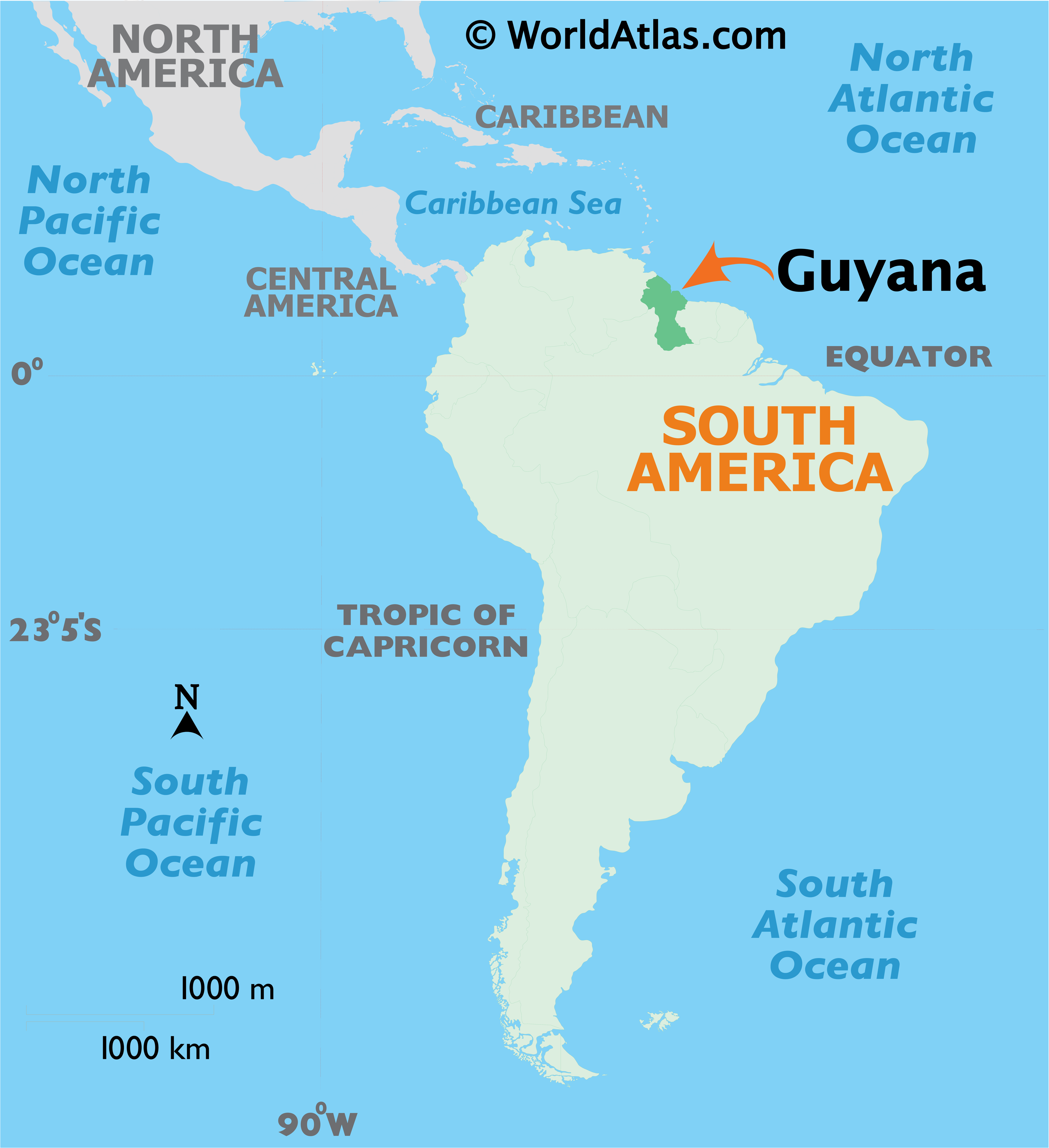
36% population of Guyana, Suriname and French Guiana is from Bihar. Britishers took 1.8 lakh people from Bihar in 1861.

| Sl. No. | Type of Electric Supply Line | Vertical Distance | Horizontal Distance |
| 1) | Low and medium voltage lines and service lines | 2.5m | 1.2m |
| 2) | High voltage lines up to and including 11 000 V | 3.7m | 1.2m |
| 3) | High voltage lines above 11 000 V and up to and including 33 000 V | 3.7m | 2.0m |
| 4) | Extra high voltage line beyond 33 000 V | 3.7m
(plus 0.3 m for every additional 33 000 V or part thereof)
| 2.0m
(plus 0.3 m for every additional 33 000 V or part thereof)
|
| Sl. No. | Appliances | Consumption in Watts | Daily hours of use | Units per month |
| 1 | Incandescent Bulb | 60 | 8 | 14.4 |
| 2 | Fluorescent Tube light | 40 | 8 | 9.6 |
| 3 | CFL Bulb | 15 | 8 | 3.6 |
| 4 | LED Bulb | 12 | 8 | 2.88 |
| 5 | LED Tube light | 22 | 8 | 5.28 |
| 6 | Ceiling Fan | 75 | 20 | 45 |
| 7 | Table Fan | 25 | 8 | 6 |
| 8 | Refrigerator (200 Litres) | 400 | 24 | 288 |
| 9 | Air Conditioner – Window (1.5 Ton – 3 Star) | 1680 | 8 | 403.2 |
| 10 | Air Conditioner – Split (1.5 Ton – 3 Star) | 1570 | 8 | 376.8 |
| 11 | Air Conditioner – Split (1.5 Ton – 5 Star) | 1490 | 8 | 357.6 |
| 12 | LED TV (32 inch) | 55 | 6 | 9.9 |
| 13 | LED TV (60 inch) | 80 | 6 | 14.4 |
| 14 | Semi-automatic Washing Machine (6 kg) | 400 | 2 | 24 |
| 15 | Fully automatic Washing Machine (6 kg) | 1000 | 2 | 60 |
| 16 | Microwave oven | 800 | 1 | 24 |
| 17 | Vaccum Cleaner | 500 | 1 | 15 |
| 18 | Toaster | 750 | 0.5 | 11.25 |
| 19 | Electric Iron | 750 | 1 | 22.5 |
| 20 | Water Heater (25 liters) | 2000 | 0.5 | 30 |
| 21 | Room Heater | 1000 | 2 | 60 |
| 22 | Water Pump (1/2 HP) | 600 | 0.5 | 9 |
| 23 | Blender | 200 | 0.5 | 3 |